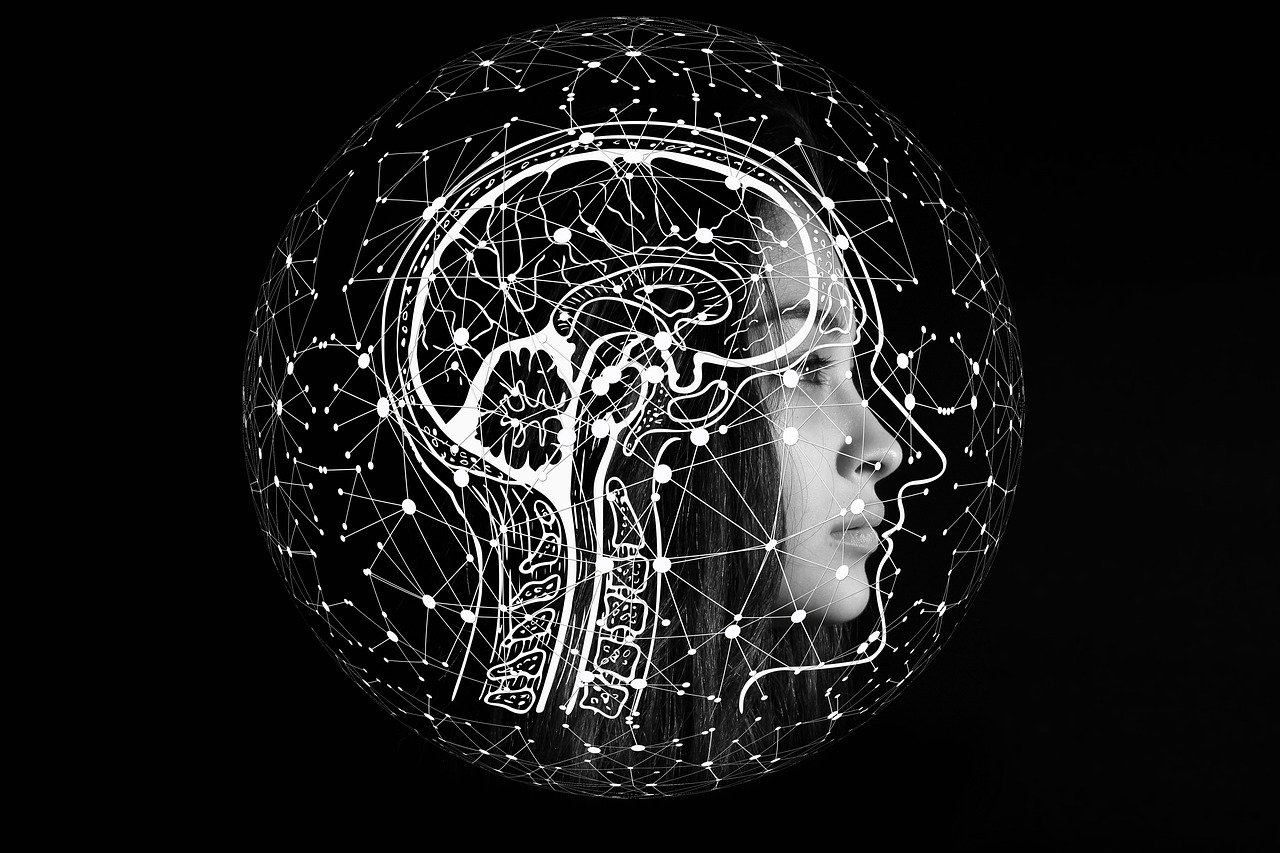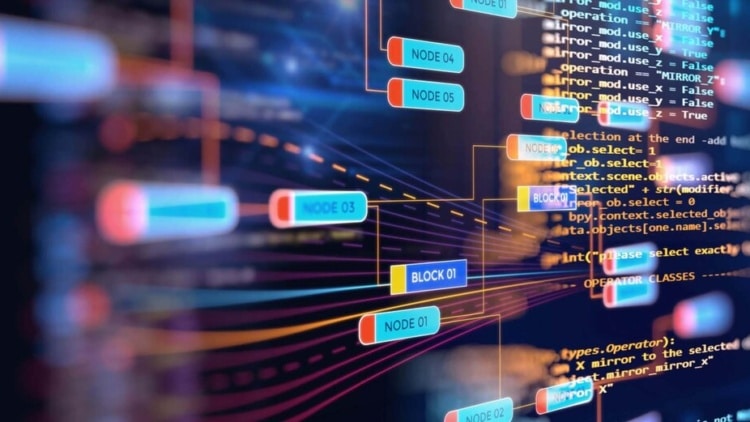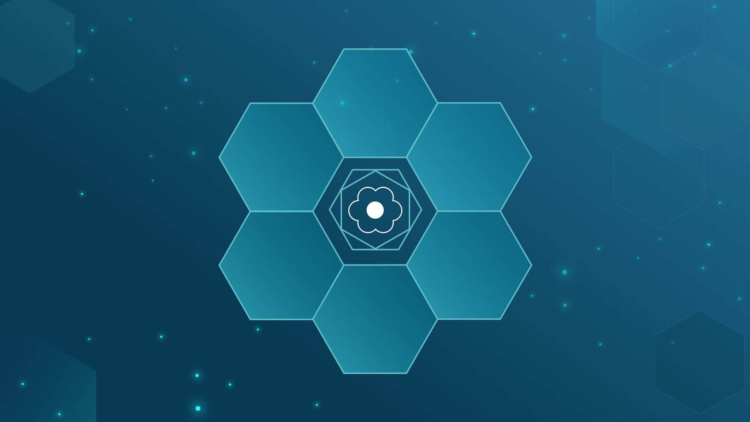Natural language processing (NLP) has been a captivating field within artificial intelligence (AI) for decades, enabling machines to interact with humans using natural language. ChatGPT, an advanced language model developed by OpenAI, is a testament to the rapid progress made in NLP over the years. In this article, we will delve into the origins of ChatGPT and NLP, exploring the key developments, innovations, and breakthroughs that have shaped these fields and made AI language models an integral part of our digital lives.
The Birth of NLP: 1950s to 1970s
The foundations of NLP can be traced back to the 1950s, when computer scientists and linguists began to explore the possibility of creating machines capable of understanding and processing human language. Early NLP efforts were primarily focused on machine translation, with the Georgetown-IBM experiment in 1954 serving as a milestone in the development of this field.
Rule-Based Systems: 1960s to 1980s
During the 1960s and 1970s, NLP researchers mainly relied on symbolic approaches, creating rule-based systems that used hand-crafted rules to parse and process text. These systems, such as SHRDLU and ELIZA, were limited in their scope and application, as they required significant human expertise and labor to develop and maintain. However, they laid the groundwork for future advances in NLP.
The Rise of Statistical NLP: Data-Driven Approaches
Corpora and Probability: 1980s to 1990s
The advent of more powerful computers and the increasing availability of digital text corpora in the 1980s and 1990s led to a shift in NLP research. During this period, researchers began to explore data-driven, statistical approaches that leveraged the power of probability to model language. Hidden Markov models (HMMs) and decision trees became popular tools for tasks like part-of-speech tagging and syntactic parsing.
Machine Learning and NLP: 1990s to 2000s
The integration of machine learning techniques into NLP research further advanced the field in the late 1990s and early 2000s. The introduction of algorithms like support vector machines (SVMs) and maximum entropy models allowed researchers to build more accurate and robust NLP systems. Additionally, the emergence of deep learning and artificial neural networks set the stage for the development of powerful language models like ChatGPT .
The Era of Neural Networks and Transformers
Word Embeddings and Language Models: 2010s
In the early 2010s, NLP research witnessed significant advancements with the introduction of word embeddings and neural language models. Word2Vec, GloVe, and FastText were among the first algorithms to create vector representations of words that captured their semantic meaning. These embeddings were then used to train neural language models, such as RNNs and LSTMs, that proved effective for tasks like sentiment analysis, machine translation, and text summarization.
The Transformer Revolution: 2017 Onwards
The introduction of the Transformer architecture by Vaswani et al. in 2017 marked a turning point in NLP research. The Transformer model, with its self-attention mechanism and parallel processing capabilities, enabled the development of large-scale, pre-trained language models like BERT, GPT, and T5. These models demonstrated unparalleled performance on a wide range of NLP tasks, surpassing previous state-of-the-art methods and revolutionizing the field.
The Emergence of ChatGPT, OpenAI’s Groundbreaking Language Model
GPT: The Generative Pre-trained Transformer
OpenAI introduced the first iteration of the Generative Pre-trained Transformer (GPT) in 2018. GPT was based on the Transformer architecture and utilized unsupervised pre-training followed by fine-tuning on task-specific data. GPT’s success in generating coherent and contextually relevant text set the stage for the development of more advanced iterations of the model.
GPT-2: Scaling Up and Controversial Release
In 2019, OpenAI unveiled GPT-2, a more powerful version of the original GPT model. GPT-2 consisted of 1.5 billion parameters, enabling it to generate remarkably coherent and contextually relevant text. However, due to concerns about its potential misuse, OpenAI initially withheld the full release of GPT-2, opting to share a series of smaller models before eventually releasing the complete model later that year.
GPT-3: A Leap Forward in NLP
In 2020, OpenAI released GPT-3, the third iteration of the GPT series, featuring a staggering 175 billion parameters. GPT-3’s massive size and extensive pre-training on diverse web data allowed it to generate human-like text with remarkable accuracy. GPT-3 garnered significant attention for its ability to perform various NLP tasks, such as translation, summarization, and question-answering, with minimal fine-tuning.
ChatGPT: Conversational AI and Fine-Tuning
ChatGPT, a derivative of GPT-3, was specifically designed and fine-tuned for conversational AI tasks. Its development involved a two-step process: pre-training on a large corpus of text from the internet, followed by fine-tuning using custom datasets created by OpenAI. The fine-tuning process incorporated reinforcement learning from human feedback (RLHF), allowing the model to generate more contextually relevant and accurate responses in a conversational setting.
Comparing GPT-1, GPT-2, and GPT-3: A Side-by-Side Analysis
To better understand the differences and advancements in each iteration of the Generative Pre-trained Transformer (GPT) series, let’s examine a table comparing GPT-1, GPT-2, and GPT-3 across several key aspects.
| Feature | GPT-1 | GPT-2 | GPT-3 |
|---|---|---|---|
| Release Year | 2018 | 2019 | 2020 |
| Parameters | 117 million | 1.5 billion | 175 billion |
| Architecture | Transformer | Transformer | Transformer |
| Pre-training Data | BooksCorpus | WebText | WebText2 (subset of Common Crawl) |
| Training Method | Unsupervised pre-training | Unsupervised pre-training | Unsupervised pre-training |
| Fine-tuning Method | Task-specific supervised fine-tuning | Task-specific supervised fine-tuning | Few-shot learning, task-agnostic prompts |
| Language Tasks | Multiple NLP tasks | Multiple NLP tasks | Multiple NLP tasks |
| Notable Achievements | Coherent text generation | Improved text generation, withheld initial release due to misuse concerns | Human-like text generation, minimal fine-tuning for various tasks |
Key Takeaways from the Comparison
- Parameters: With each iteration, the number of parameters in GPT models has increased significantly, leading to improvements in the models’ capabilities and performance.
- Architecture: All three GPT models are based on the Transformer architecture, which has become the backbone of modern NLP models.
- Pre-training Data: The data used for pre-training the models has evolved from BooksCorpus in GPT-1 to WebText and WebText2 in GPT-2 and GPT-3, respectively, allowing for more diverse and extensive training.
- Training and Fine-tuning: While all three models rely on unsupervised pre-training, GPT-3’s fine-tuning process has advanced to few-shot learning, making it more versatile and capable of handling a wide range of NLP tasks with minimal fine-tuning.
- Language Tasks: All GPT models have been designed to tackle multiple NLP tasks, with GPT-3 demonstrating exceptional performance and versatility in various applications, such as translation, summarization, and question-answering.
The Future of ChatGPT and NLP
The origins of ChatGPT and NLP showcase the remarkable progress made in AI language models over the past several decades. From early rule-based systems to the cutting-edge Transformer models like GPT-3 and ChatGPT, NLP has come a long way in enabling machines to understand and generate human language.
As we look forward to the future, the continued development and refinement of AI language models promise to revolutionize fields like content generation, customer support, education, and more. The integration of these models with other emerging technologies, such as voice assistants and augmented reality, will undoubtedly open up new horizons for AI-driven applications and services that enhance our lives in ways we have yet to imagine.






